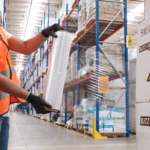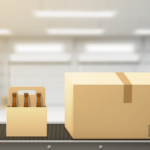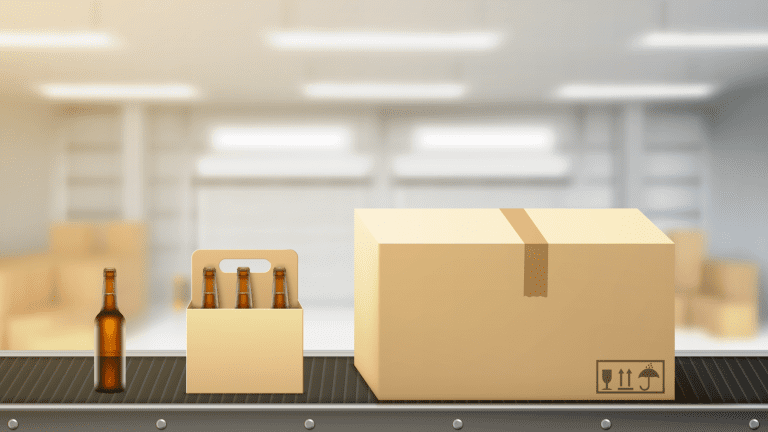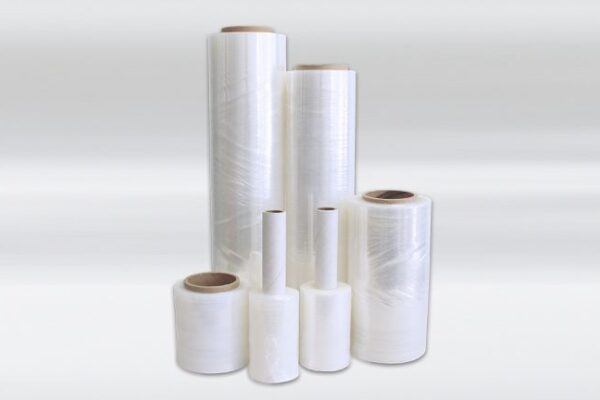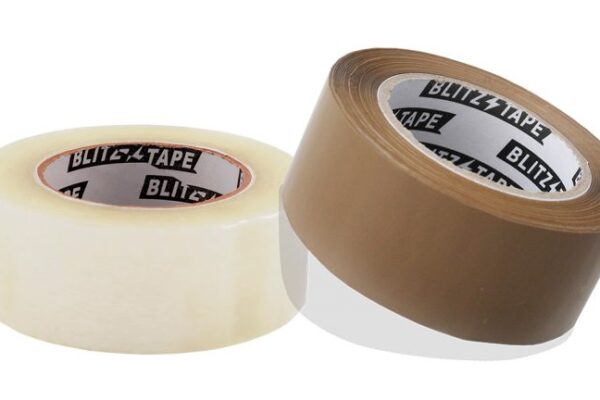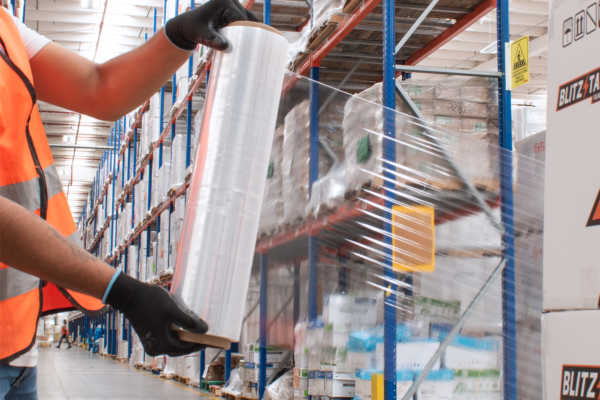In the dynamic world of product packaging, understanding the different layers – primary, secondary, and tertiary packaging – is crucial for manufacturers, marketers, and logistics professionals. Each layer serves a unique purpose in protecting, transporting, and marketing products. Let’s delve into these layers to understand their roles and significance.
Primary Packaging: The First Line of Defense
Primary packaging is the first and closest layer of packaging to the product. Its primary role is to protect and preserve the product, ensuring it reaches the consumer in pristine condition. This packaging is directly in contact with the product and is often designed to be visually appealing to attract consumers. Examples include a plastic bottle for soft drinks, blister packs for medications, or a chocolate bar wrapper.
Key Features:
- Direct contact with the product.
- Protects and preserves the product.
- Often designed with consumer appeal in mind.
Secondary Packaging: Branding and Bulk Protection
Secondary packaging serves multiple purposes. It groups primary packaged products together for easier handling and provides additional protection during storage and transportation. This layer is essential for branding and information dissemination, as it often carries marketing messages and product details. Secondary packaging is crucial in retail settings, helping products stand out on shelves. Examples include cardboard boxes containing multiple juice bottles or a pack holding a set of soap bars.
Key Features:
- Groups primary packaged products.
- Additional protection during transportation and storage.
- Carries marketing and product information.
Tertiary Packaging: The Logistics Workhorse
The outermost layer, tertiary packaging, is designed for the logistics side of product handling. Its primary purpose is bulk handling, warehouse storage, and safe transportation. This packaging is typically not seen by consumers and is essential in the supply chain to protect products during shipping and handling. Examples include pallets wrapped in stretch film or large shipping crates.
Key Features:
- Used for bulk handling and transportation.
- Not typically seen by consumers.
- Essential for product safety in the supply chain.
Conclusion:
Understanding these three layers of packaging is crucial for ensuring product safety, enhancing brand visibility, and efficient logistics management. Each layer plays a pivotal role in the product’s journey from manufacturer to consumer.
At Packsys, we pride ourselves on being experts and leaders in secondary and tertiary packaging solutions. Our specialization in products like stretch film, shrink or collation film, and adhesive tapes, among others, places us at the forefront of packaging innovation. We understand that effective packaging is more than just wrapping a product. It’s about ensuring product safety, enhancing brand value, and optimizing logistics. As experts in secondary and tertiary packaging, we are committed to providing innovative, high-quality solutions tailored to your specific needs.
For more information on how Packsys can enhance your packaging strategy with our industry-leading products, visit our website or get in touch with our team of experts.

